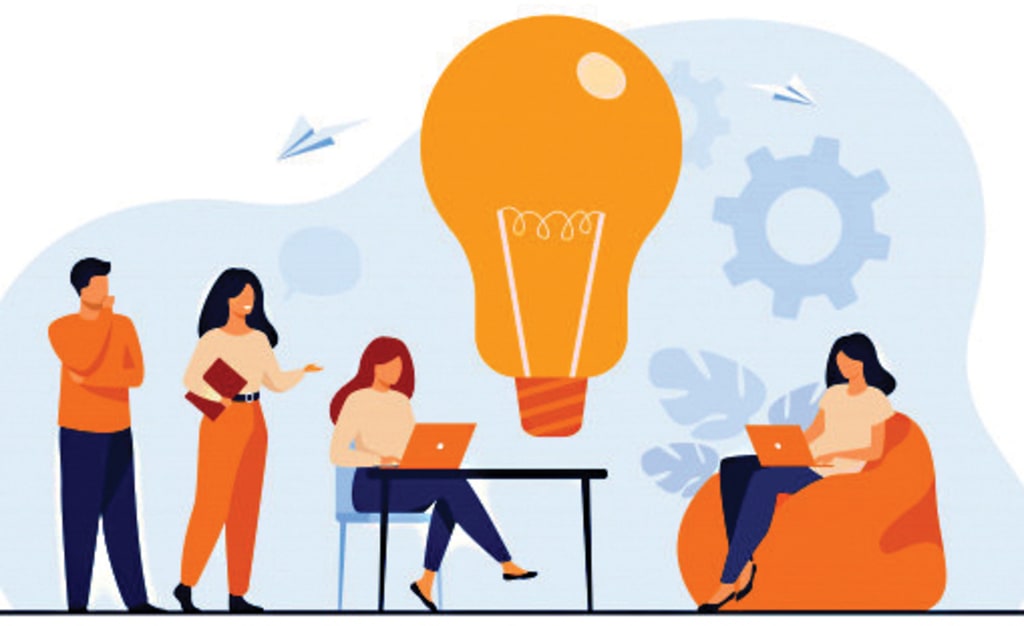
Innovation has always been a key driver of progress, and nowhere is this more evident than in the world of engineering technology. From transportation to energy, medicine to manufacturing, engineering technology is at the forefront of creating solutions that not only solve problems, but also push the boundaries of what is possible. In this essay, we will explore some of the ways in which engineering technology is innovating solutions for a better tomorrow, and discuss the challenges and opportunities that lie ahead.
Transportation is one area where engineering technology is making significant strides. The rise of electric vehicles is a prime example of this. Electric vehicles (EVs) have the potential to revolutionize the way we travel, reducing our reliance on fossil fuels and lowering our carbon footprint. While the technology behind EVs has been around for decades, recent advances in battery technology and power electronics have made EVs more practical and affordable than ever before. In addition to EVs, autonomous vehicles are also on the horizon, promising to transform the way we commute and travel.
Another area where engineering technology is making a difference is energy. Renewable energy sources such as solar and wind power are becoming increasingly important as we look for ways to reduce our dependence on fossil fuels. Advances in materials science and manufacturing techniques are making these technologies more efficient and cost-effective, which is helping to drive their adoption. In addition, energy storage technologies such as batteries and fuel cells are also advancing, providing new ways to store and distribute renewable energy.
Engineering technology is also playing a vital role in healthcare. From medical imaging to drug delivery systems, engineering innovations are improving patient outcomes and quality of life. One example is the development of microfluidics, a technology that allows for the manipulation of small volumes of fluids. Microfluidics is being used to develop new diagnostic tools that can detect diseases at an early stage, as well as new drug delivery systems that can target specific areas of the body.
In manufacturing, engineering technology is also driving innovation. Additive manufacturing, also known as 3D printing, is one of the most exciting developments in this area. 3D printing allows for the creation of complex geometries that would be difficult or impossible to produce using traditional manufacturing techniques. This has the potential to revolutionize the way we design and produce everything from aerospace components to medical devices.
While the benefits of engineering technology are clear, there are also challenges that must be overcome. One of the biggest challenges is ensuring that these technologies are accessible to everyone. This means addressing issues such as cost, infrastructure, and education. For example, while renewable energy sources are becoming more cost-effective, they are still not affordable for everyone. In addition, many areas of the world still lack the infrastructure necessary to support these technologies. Finally, there is a need to educate the next generation of engineers and scientists to ensure that they have the skills and knowledge necessary to continue innovating in these areas.
Another challenge is ensuring that engineering technology is developed and used in a responsible and sustainable way. This means considering the social and environmental impacts of these technologies, and working to mitigate any negative effects. For example, while electric vehicles offer many benefits, there are also concerns about the environmental impact of manufacturing their batteries. Similarly, while additive manufacturing has the potential to reduce waste, there are concerns about the environmental impact of the materials used in 3D printing.
In conclusion, engineering technology is a vital tool for creating solutions that can help to build a better tomorrow. From transportation to energy, healthcare to manufacturing, the innovations that are being developed in these areas have the potential to transform our world. However, as with any technology, there are also challenges that must be overcome. By addressing these challenges and working to ensure that engineering technology is developed and used responsibly, we can continue to push the boundaries of what is possible and create a brighter future for all.
Innovation has always been a driving force in creating solutions that have a positive impact on society. Whether it is in the field of science, engineering, or technology, innovation has led to breakthroughs that have improved our lives in countless ways. In this essay, we will explore some of the ways in which innovation is creating solutions for a better tomorrow.
One of the areas where innovation is making a significant impact is in the field of renewable energy. Climate change and the need for a cleaner, more sustainable future have led to a surge in research and development of alternative energy sources. Solar power, wind power, and hydropower are all examples of renewable energy sources that are becoming increasingly important as we seek to reduce our dependence on fossil fuels. Innovations in the design and manufacturing of solar panels, wind turbines, and hydroelectric power plants are making these technologies more efficient and cost-effective.
In the field of medicine, innovation is leading to breakthroughs in disease prevention, diagnosis, and treatment. Advancements in genetics and biotechnology are leading to the development of personalized medicine, which tailors treatments to an individual's genetic makeup. Robotics and artificial intelligence are being used to develop new surgical techniques, improving patient outcomes and reducing recovery times. Telemedicine is making healthcare more accessible to people living in remote areas, while also reducing costs and improving efficiency.
In agriculture, innovation is helping to increase crop yields and reduce food waste. Precision agriculture, which uses data and technology to optimize crop production, is making farming more efficient and sustainable. Innovations in packaging and distribution are helping to reduce food waste by ensuring that food stays fresh for longer periods. In addition, biotechnology is being used to develop new crop varieties that are resistant to disease, pests, and extreme weather conditions.
In the field of education, innovation is changing the way we learn and acquire new skills. Online education and e-learning platforms are making education more accessible and affordable. Virtual reality and augmented reality are being used to create immersive learning experiences, helping students to better understand complex concepts. Artificial intelligence is being used to personalize learning, adapting to each student's individual needs and learning style.
In conclusion, innovation is a vital tool for creating solutions that can help to build a better tomorrow. From renewable energy to healthcare, agriculture to education, the innovations that are being developed in these areas have the potential to transform our world. However, innovation must be accompanied by responsible and sustainable practices to ensure that its benefits are realized in a way that is equitable and just for all. By harnessing the power of innovation and working together to address the challenges that lie ahead, we can create a brighter future for generations to come.





Comments
There are no comments for this story
Be the first to respond and start the conversation.